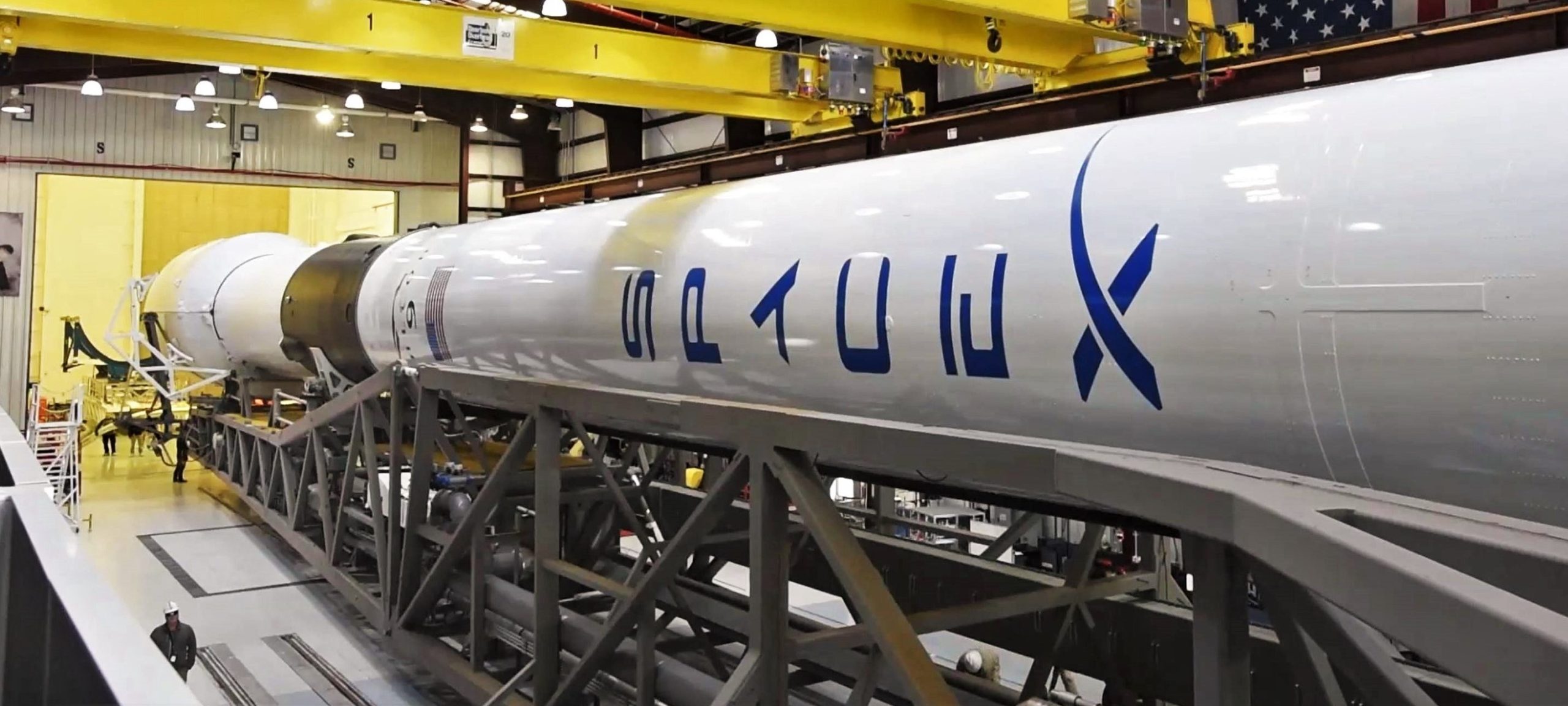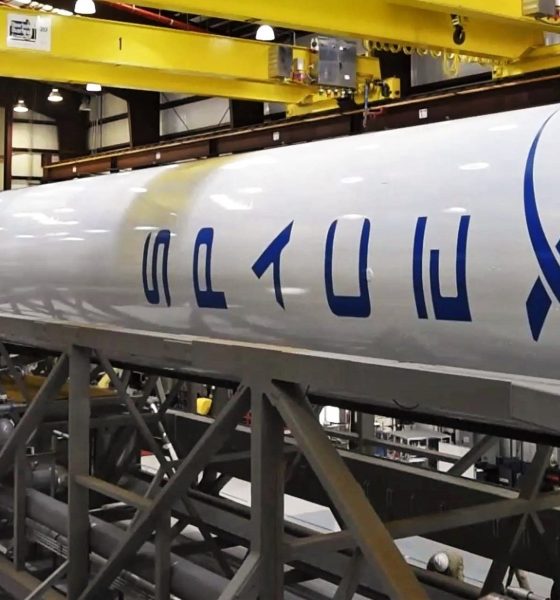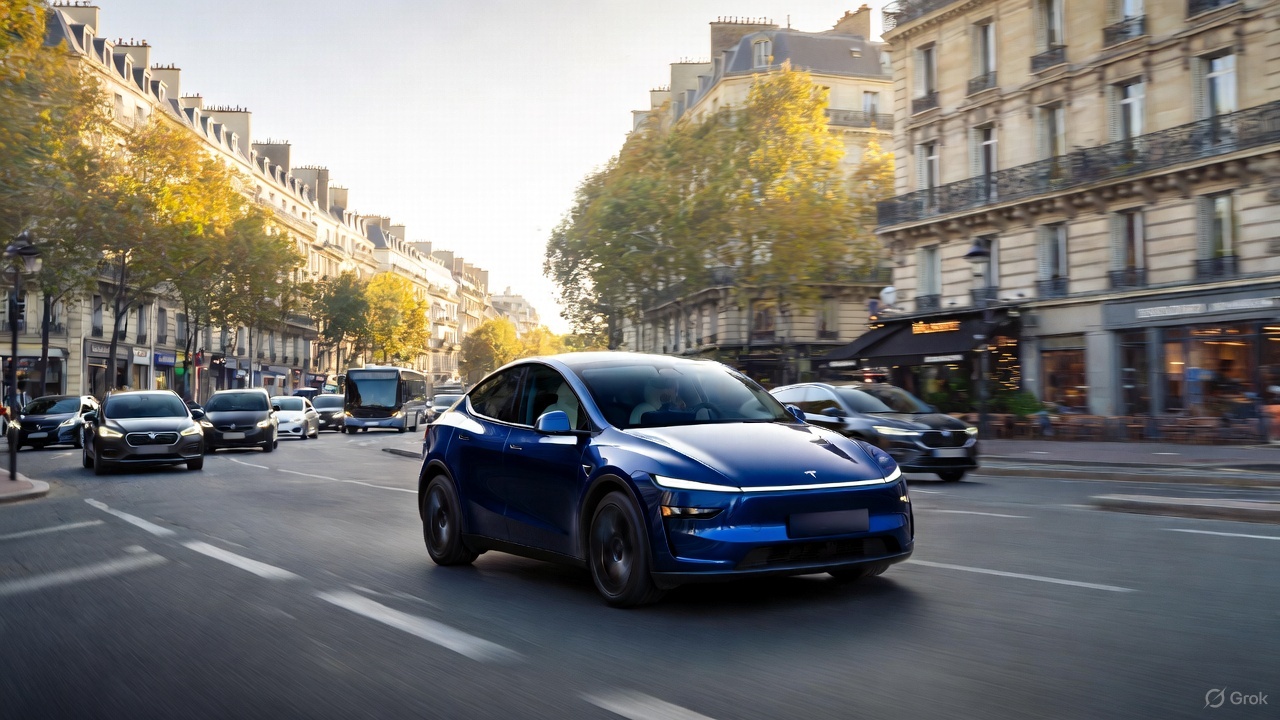

News
SpaceX sues US government to protest mystery launch or rocket R&D contracts
SpaceX has filed a lawsuit – technically a “Bid Protest Complaint” – against the United States government and successfully petitioned for the file to remain sealed, restricting access to additional case details for the time being.
This development follows a quiet series of bid protests SpaceX filed with the Government Accountability Office (GAO) in February 2019, shortly after NASA announced that it had awarded ULA a ~$150M launch contract for Lucy (a robotic Trojan asteroid explorer). SpaceX believed that it could perform the mission at a “dramatically lower” price, potentially saving the federal government tens of millions of dollars. SpaceX withdrew both of its GAO bid protests without comment on April 4th. Whether those prior protests are related to SpaceX’s May 2019 lawsuit is unclear.
Adding even more complexity and uncertainty to the series of events, NASA awarded SpaceX the launch contract for its Double Asteroid Redirection Test (DART) spacecraft on April 20th, about two weeks after SpaceX retracted its Lucy protests. The cause-and-effect relationship between both events is wholly ambiguous. Perhaps SpaceX withdrew before the company was made aware of their DART win. Perhaps they withdrew their protest because they learned of NASA’s award.
Regardless of what did or did not trigger the contract award, the fact remains that SpaceX’s DART launch will cost NASA ~$70M, less than half the price of ULA’s ~$150M Lucy launch contract. As such, it seems likely that launching Lucy on Falcon 9 could have saved the US government as much as $50M, assuming an expendable profile (~$100M per SpaceX’s latest GPS III launch contracts).

Returning to the topic at hand, the simplest explanation is that SpaceX’s GAO bid protests and May 2019 lawsuit are in some way related. Although SpaceX was clearly correct when it insinuated that it could launch Lucy far more affordably than ULA, the company was criticized for its GAO protests because they effectively froze – or at least complicated – work on the NASA spacecraft. In the event that the withdrawals and lawsuit are related, SpaceX would have backed down after entering into the slow GAO protest process, essentially conceding the contract to ULA and allowing spacecraft work to continue without disruption.
Replaced with a lawsuit against the US government, SpaceX could instead be attempting to change the processes that lead NASA to award ULA the Lucy launch contract in spite of potential savings on the order of ~$50M. SpaceX has done something similar once before when it sued the US Air Force for its uncompetitive launch procurement processes, a largely successful endeavor that has helped force some competition back into USAF/DoD launch contracts.


However, there are several additional possibilities for the actual subject of SpaceX’s latest sealed suit. Most recently, NASA distributed ~$46M among 11 companies for studies and prototypes of lunar landers, transfer vehicles, and in-space refueling technology. SpaceX tied with Aerojet Rocketdyne for the least substantial awards out of those 11 companies, each receiving funds for a single study, while most other awardees were contracted for multiple studies and/or prototypes. This is a stretch, however.
The most likely alternative to a continuation of SpaceX’s Lucy protest is a lawsuit focused on the USAF’s latest EELV/NSSL development contracts and its proposed continuation of block-buy launch procurement. Of the four companies involved, Blue Origin and SpaceX have both criticized the USAF for a variety of reasons. Both did agree, however, in their dislike of the USAF’s inexplicable desire to award all launch contracts to two victors, despite there being as many as four different launch vehicles that could feasibly compete for those several-dozen contracts.

For now, details of SpaceX’s latest lawsuit will remain sealed, leaving the company’s motivations veiled in mystery. SpaceX’s next USAF mission could occur as early as June 22nd. Known as STP-2, it will mark Falcon Heavy’s third flight, the rocket’s first defense-related launch, and the USAF’s first use of flight-proven SpaceX boosters. If successful, SpaceX will effectively be able to compete with ULA for all conceivable future launch contracts.
Check out Teslarati’s Marketplace! We offer Tesla accessories, including for the Tesla Cybertruck and Tesla Model 3.

News
Man credits Grok AI with saving his life after ER missed near-ruptured appendix
The AI flagged some of the man’s symptoms and urged him to return to the ER immediately and demand a CT scan.

A 49-year-old man has stated that xAI’s Grok ended up saving his life when the large language model identified a near-ruptured appendix that his first ER visit dismissed as acid reflux.
After being sent home from the ER, the man asked Grok to analyze his symptoms. The AI flagged some of the man’s symptoms and urged him to return immediately and demand a CT scan. The scan confirmed that something far worse than acid reflux was indeed going on.
Grok spotted what a doctor missed
In a post on Reddit, u/Tykjen noted that for 24 hours straight, he had a constant “razor-blade-level” abdominal pain that forced him into a fetal position. He had no fever or visible signs. He went to the ER, where a doctor pressed his soft belly, prescribed acid blockers, and sent him home.
The acid blockers didn’t work, and the man’s pain remained intense. He then decided to open a year-long chat he had with Grok and listed every detail that he was experiencing. The AI responded quickly. “Grok immediately flagged perforated ulcer or atypical appendicitis, told me the exact red-flag pattern I was describing, and basically said “go back right now and ask for a CT,” the man wrote in his post.
He copied Grok’s reasoning, returned to the ER, and insisted on the scan. The CT scan ultimately showed an inflamed appendix on the verge of rupture. Six hours later, the appendix was out. The man said the pain has completely vanished, and he woke up laughing under anesthesia. He was discharged the next day.
How a late-night conversation with Grok got me to demand the CT scan that saved my life from a ruptured appendix (December 2025)
byu/Tykjen ingrok
AI doctors could very well be welcomed
In the replies to his Reddit post, u/Tykjen further explained that he specifically avoided telling doctors that Grok, an AI, suggested he get a CT scan. “I did not tell them on the second visit that Grok recommended the CT scan. I had to lie. I told them my sister who’s a nurse told me to ask for the scan,” the man wrote.
One commenter noted that the use of AI in medicine will likely be welcomed, stating that “If AI could take doctors’ jobs one day, I will be happy. Doctors just don’t care anymore. It’s all a paycheck.” The Redditor replied with, “Sadly yes. That is what it felt like after the first visit. And the following night could have been my last.”
Elon Musk has been very optimistic about the potential of robots like Tesla Optimus in the medical field. Provided that they are able to achieve human-level articulation in their hands, and Tesla is able to bring down their cost through mass manufacturing, the era of AI-powered medical care could very well be closer than expected.
News
Tesla expands Model 3 lineup in Europe with most affordable variant yet
The Model 3 Standard still delivers more than 300 miles of range, potentially making it an attractive option for budget-conscious buyers.

Tesla has introduced a lower-priced Model 3 variant in Europe, expanding the lineup just two months after the vehicle’s U.S. debut. The Model 3 Standard still delivers more than 300 miles (480 km) of range, potentially making it an attractive option for budget-conscious buyers.
Tesla’s pricing strategy
The Model 3 Standard arrives as Tesla contends with declining registrations in several countries across Europe, where sales have not fully offset shifting consumer preferences. Many buyers have turned to options such as Volkswagen’s ID.3 and BYD’s Atto 3, both of which have benefited from aggressive pricing.
By removing select premium finishes and features, Tesla positioned the new Model 3 Standard as an “ultra-low cost of ownership” option of its all-electric sedan. Pricing comes in at €37,970 in Germany, NOK 330,056 in Norway, and SEK 449,990 in Sweden, depending on market. This places the Model 3 Standard well below the “premium” Model 3 trim, which starts at €45,970 in Germany.
Deliveries for the Standard model are expected to begin in the first quarter of 2026, giving Tesla an entry-level foothold in a segment that’s increasingly defined by sub-€40,000 offerings.
Tesla’s affordable vehicle push
The low-cost Model 3 follows October’s launch of a similarly positioned Model Y variant, signaling a broader shift in Tesla’s product strategy. While CEO Elon Musk has moved the company toward AI-driven initiatives such as robotaxis and humanoid robots, lower-priced vehicles remain necessary to support the company’s revenue in the near term.
Reports have indicated that Tesla previously abandoned plans for an all-new $25,000 EV, with the company opting to create cheaper versions of existing platforms instead. Analysts have flagged possible cannibalization of higher-margin models, but the move aims to counter an influx of aggressively priced entrants from China and Europe, many of which sell below $30,000. With the new Model 3 Standard, Tesla is reinforcing its volume strategy in Europe’s increasingly competitive EV landscape.
News
Tesla FSD (Supervised) stuns Germany’s biggest car magazine
FSD Supervised recognized construction zones, braked early for pedestrians, and yielded politely on narrow streets.

Tesla’s upcoming FSD Supervised system, set for a European debut pending regulatory approval, is showing notably refined behavior in real-world testing, including construction zones, pedestrian detection, and lane changes, as per a recent demonstration ride in Berlin.
While the system still required driver oversight, its smooth braking, steering, and decision-making illustrated how far Tesla’s driver-assistance technology has advanced ahead of a potential 2026 rollout.
FSD’s maturity in dense city driving
During the Berlin test ride with Auto Bild, Germany’s largest automotive publication, a Tesla Model 3 running FSD handled complex traffic with minimal intervention, autonomously managing braking, acceleration, steering, and overtaking up to 140 km/h. It recognized construction zones, braked early for pedestrians, and yielded politely on narrow streets.
Only one manual override was required when the system misread a converted one-way route, an example, Tesla stated, of the continuous learning baked into its vision-based architecture.
Robin Hornig of Auto Bild summed up his experience with FSD Supervised with a glowing review of the system. As per the reporter, FSD Supervised already exceeds humans with its all-around vision. “Tesla FSD Supervised sees more than I do. It doesn’t get distracted and never gets tired. I like to think I’m a good driver, but I can’t match this system’s all-around vision. It’s at its best when both work together: my experience and the Tesla’s constant attention,” the journalist wrote.
Tesla FSD in Europe
FSD Supervised is still a driver-assistance system rather than autonomous driving. Still, Auto Bild noted that Tesla’s 360-degree camera suite, constant monitoring, and high computing power mark a sizable leap from earlier iterations. Already active in the U.S., China, and several other regions, the system is currently navigating Europe’s approval pipeline. Tesla has applied for an exemption in the Netherlands, aiming to launch the feature through a free software update as early as February 2026.
What Tesla demonstrated in Berlin mirrors capabilities already common in China and the U.S., where rival automakers have rolled out hands-free or city-navigation systems. Europe, however, remains behind due to a stricter certification environment, though Tesla is currently hard at work pushing for FSD Supervised’s approval in several countries in the region.








